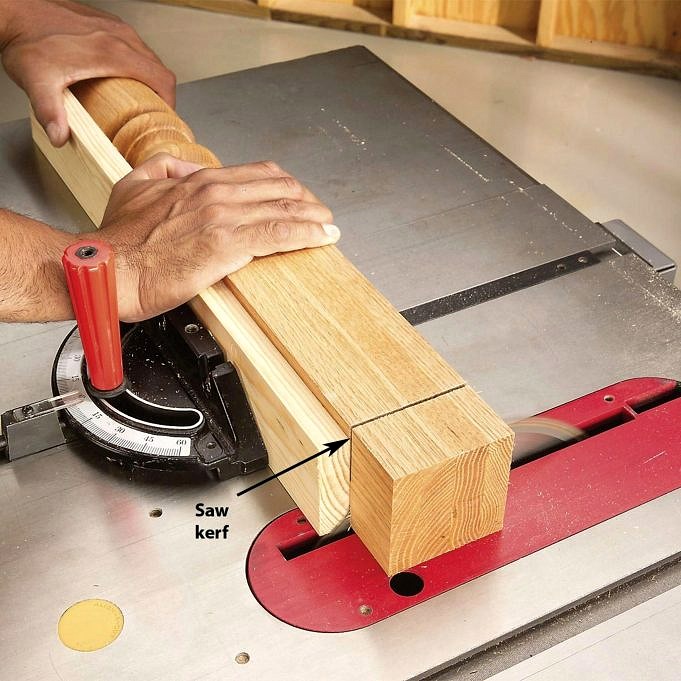DIY woodworking is a learning process. You will make mistakes along the journey. Sometimes you’ll make big mistakes. It doesn’t matter how big or small your mistakes are, as long as you learn from them and improve your carpentry skills.
We will be covering some of the most common mistakes in woodworking today. This will help you avoid making the same mistakes in your woodworking work.
Use The Wrong Blade Or A Dull Blade
A common mistake in woodworking is to use the wrong type of blade or a dull blade that doesn’t work. You should always inspect your blade before starting any job, regardless of whether you are using a circular saw, table saw, miter saw, chop, circular saw or router.
It is also important to make sure that the blade you are using is appropriate for the job. If you are using a fine-toothed blade to cut metal or plastic, it will cause ugly cuts and excessive tearout. A coarse-tooth blade made to cut wood will do a poor job of cutting metal and plastic.
To ensure your saw blade is in top condition before you begin any project, make sure to give it a thorough cleaning. For some great tips, check out our guide on how to clean sawblades.
Converting Square Pegs Into Round Holes
You don’t likely have a lot of woodworking tools at your disposal as a beginner. You will encounter many situations where you don’t have the right tools for the job. However, you can always improvise with a different tool to make it work.
It is important to know when you can go about MacGyvering an alternative solution and when you must purchase a specialty tool. There are many places that offer rental tools at a fraction of the cost, so there is no reason to sacrifice your work for the wrong tools. A quick visit to the shop can be all you need to do the job right.
Router Burn
Most woodworkers who are just starting out will leave nasty burn marks. It is possible to remove flat blade burn with sanding. However, router burn can be more difficult to remove.
Router burn is caused by the router bit heating up so much that it can leave a mark on the wood. It is also more difficult to remove the burned wood from the finished work due to the unique profile of the router bits.
This can be avoided by making sure that youre using a sharp, clean bit. A bit that is clogged with resin or dirty is the number one reason for router burn. To avoid router burn, use slow, shallow passes to the router.
Refusing To Respect The Wood
The first rule of woodworking is that wood is a living and breathing material. Wood expands, contracts, warps, and bows depending on its environment’s temperature and moisture. It is easy to make the biggest mistake beginners make.
Spacers are used to allow wood to move. However, it is important to give wood time to adjust to the new environment before you start your project. A moisture meter can give you a better understanding of the moisture content of your material.
Poor Finishing Practices
A beginner’s most frustrating mistake is to finish their project in a messy workshop or not following the instructions. It is the final step that elevates a piece to the next level. Unfortunately, it can also be the most difficult to make a mistake.
You’ve been there. Your project is complete and ready to be finished. You are in a hurry to finish it so you can show off your work. In the end, your project ends up looking terrible.
Maybe you didn’t give the piece enough drying time or finished it in a humid environment. Maybe you did everything correctly, but the finished piece is still in the same workshop where it was built.
Take your time when it comes to finishing. Follow the instructions and finish the job in a professional environment.
Forgetting The Kerf
We all make the same mistake as beginners: we don’t account for the saw kerf when measuring. After you complete your cuts, you realize that the actual size of the cut you made is incorrect by as much as 1/41 cm. This is because your measurement didn’t include the saw kerf.
It is important to remember that the size of the kerf equals the width of your sawblade.
Rushing The Measurements
Even the most experienced woodworkers make mistakes from time to time. You will learn as you improve and grow, where you can cut corners and when you shouldn’t. When it comes to measuring, you shouldn’t rush.
Perfect measurements are crucial to the success and longevity of any project. Keep in mind the old saying, « Measure twice, cut once » and you will never regret it.



